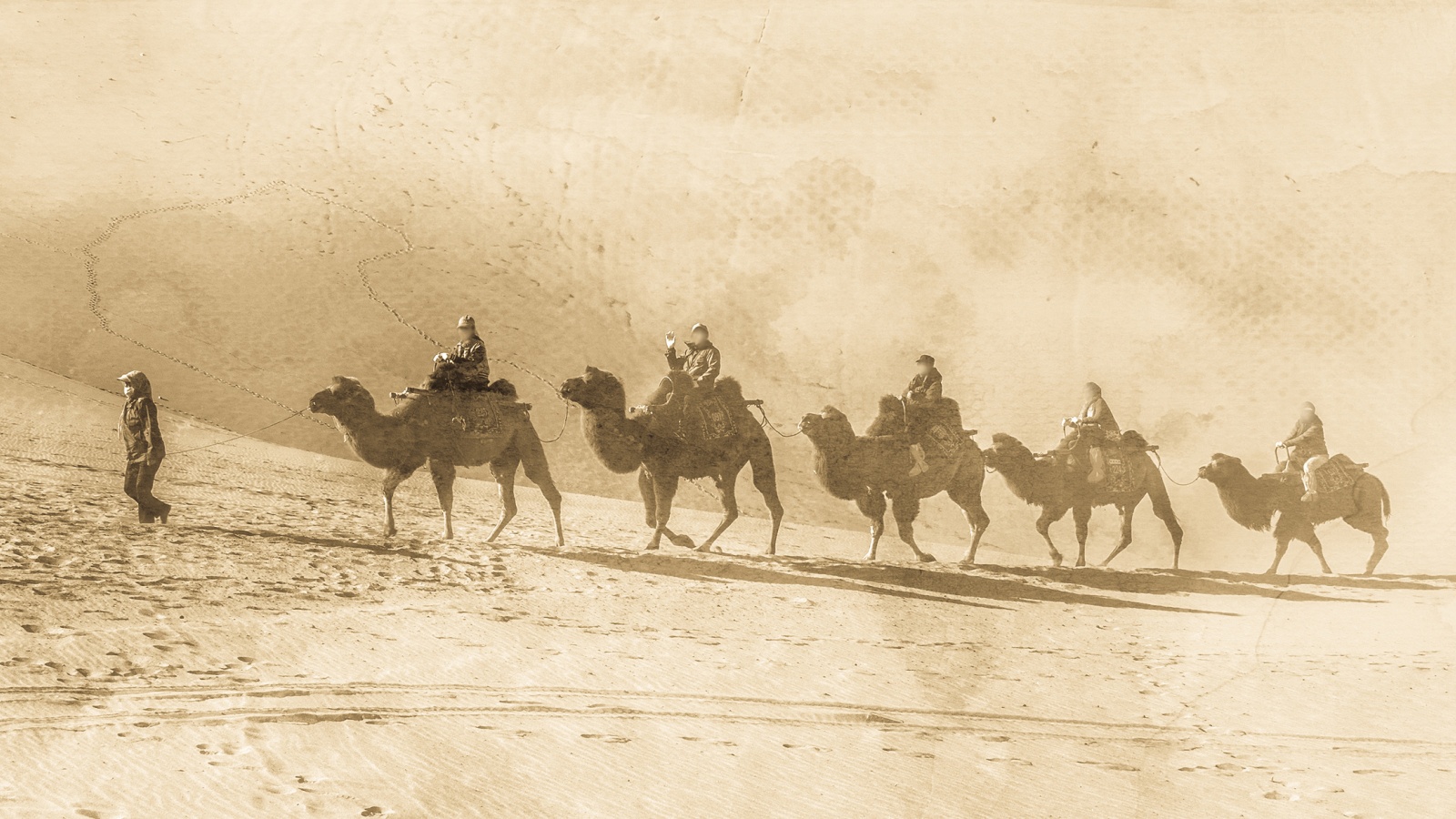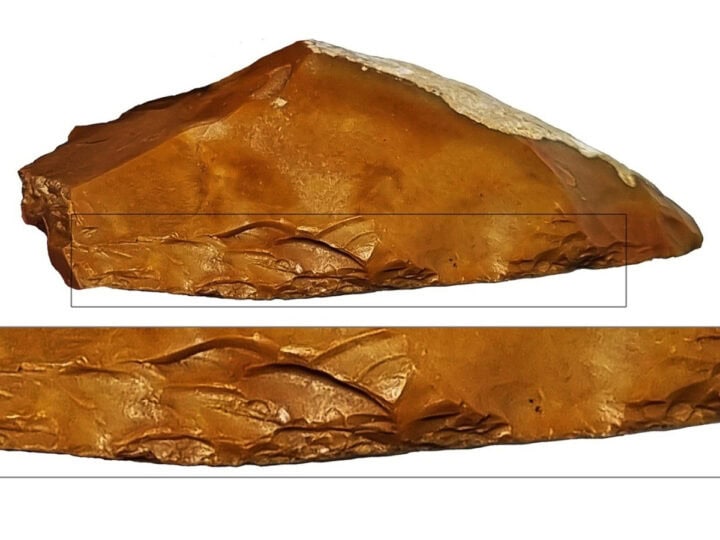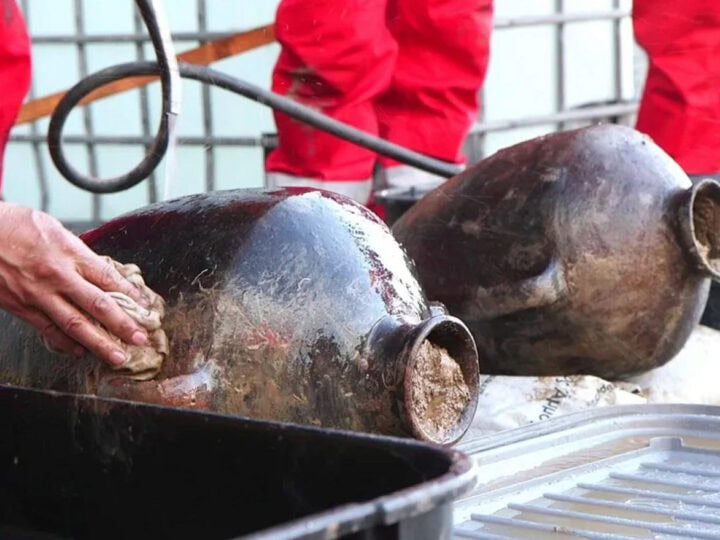Cotton and silk fabric imported from the Far East dating back to the early Islamic period some 1,300 years ago was recently found by a team of Israeli and German researchers in Israel’s Arava region, suggesting that the ancient Silk Road trading routes from the Far East passed through Israel en route to Europe.
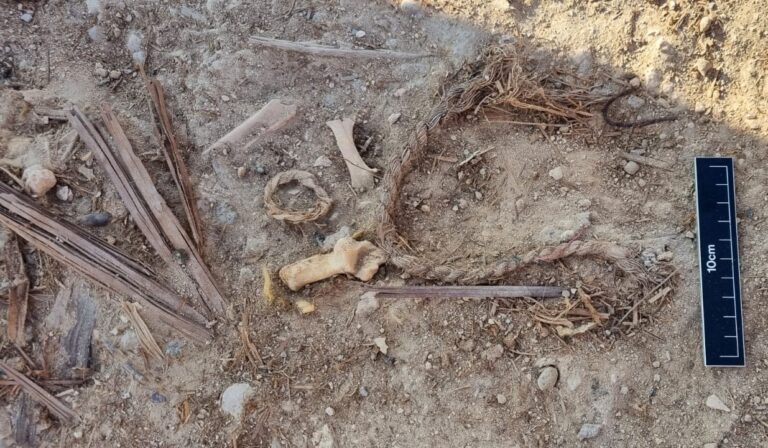
The Silk Road was the main trading route that was used for the movement of exotic goods from China through India, Egypt and the Middle East to Europe.
A joint excavation led by Prof. Guy Bar-Oz and Nofar Shamir from the University of Haifa, Roi Galili from Ben-Gurion University, Orit Shamir from the Israel Antiquities Authority and Berit Hildebrandt of Göttingen University in Germany is currently underway at the Nahal Omer site in the Arava, the eastern strip of Negev desert running from the Dead Sea to Eilat.
“Our findings seem to provide the first evidence that there was also an ‘Israeli Silk Road’ used by merchants along the international trading routes,” said Bar-Oz.
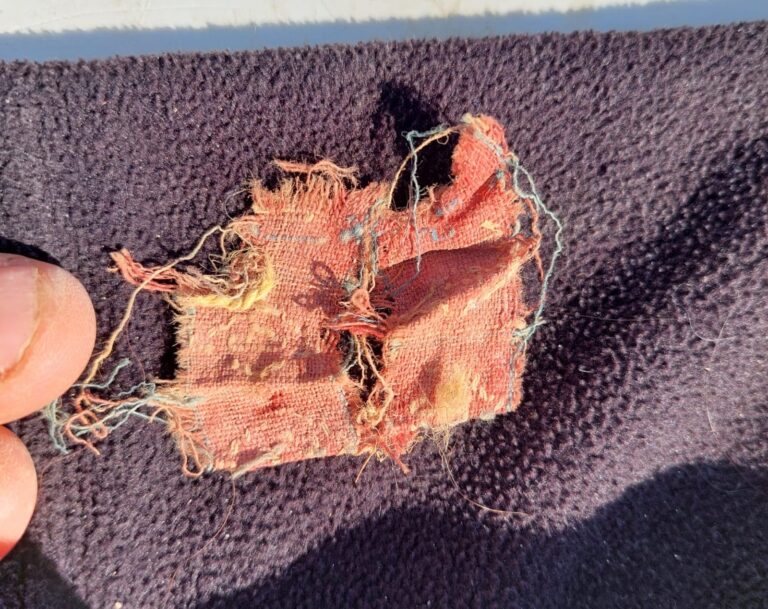
The findings include cotton and silk that probably originated from India and China as well as a “treasure trove” of findings that offered detailed insight into the material culture and daily lives of the ancient residents of this desert region including fabric, clothing, hygiene products and more.
The research team suggests these findings mark a pronounced globalizing moment in Negev’s history.
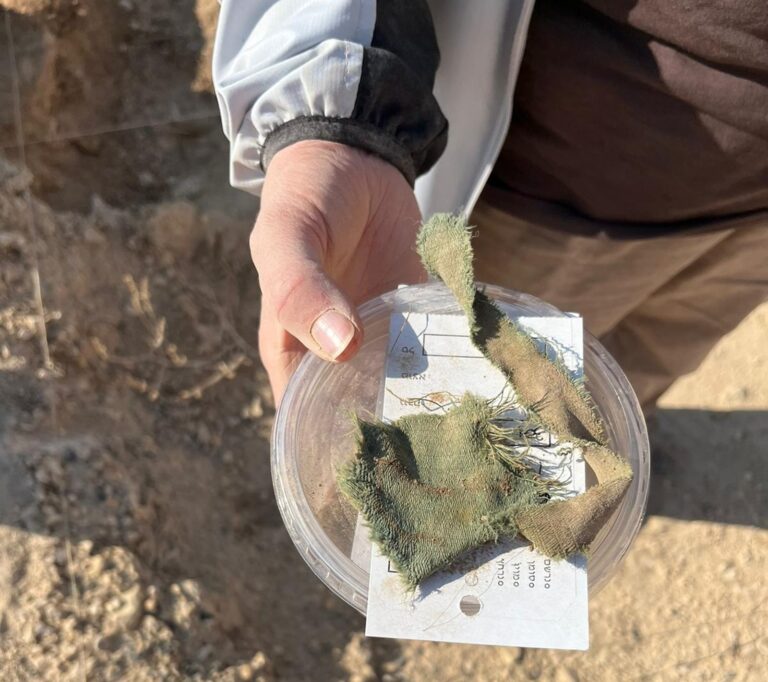
“The findings from the excavation reflect unique contacts on a global level with sources of fabric manufacturing in the Far East. They provide us with new ways to track political, technological, and social interactions that have been constantly reshaped by trade networks,” Bar-Oz said.
Fighting for Israel's truth
We cover what makes life in Israel so special — it's people. A non-profit organization, ISRAEL21c's team of journalists are committed to telling stories that humanize Israelis and show their positive impact on our world. You can bring these stories to life by making a donation of $6/month.





